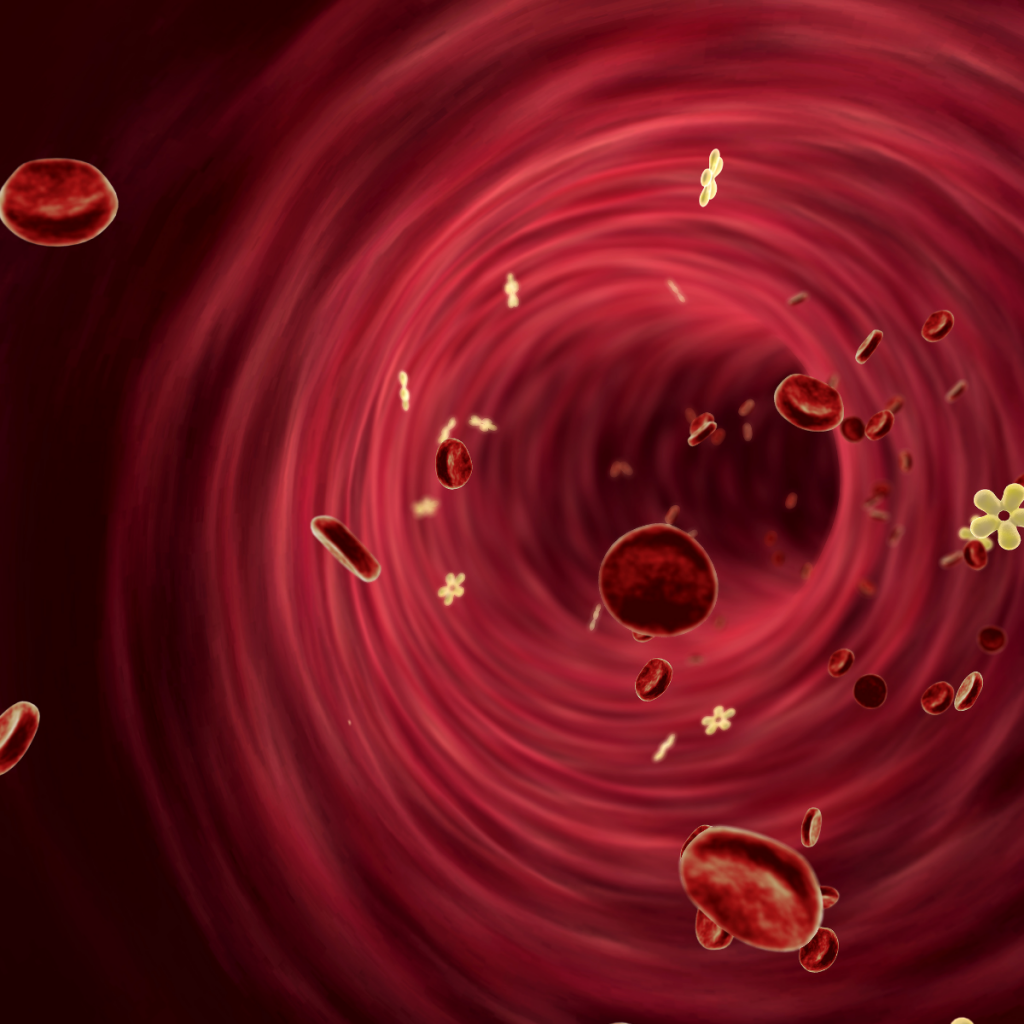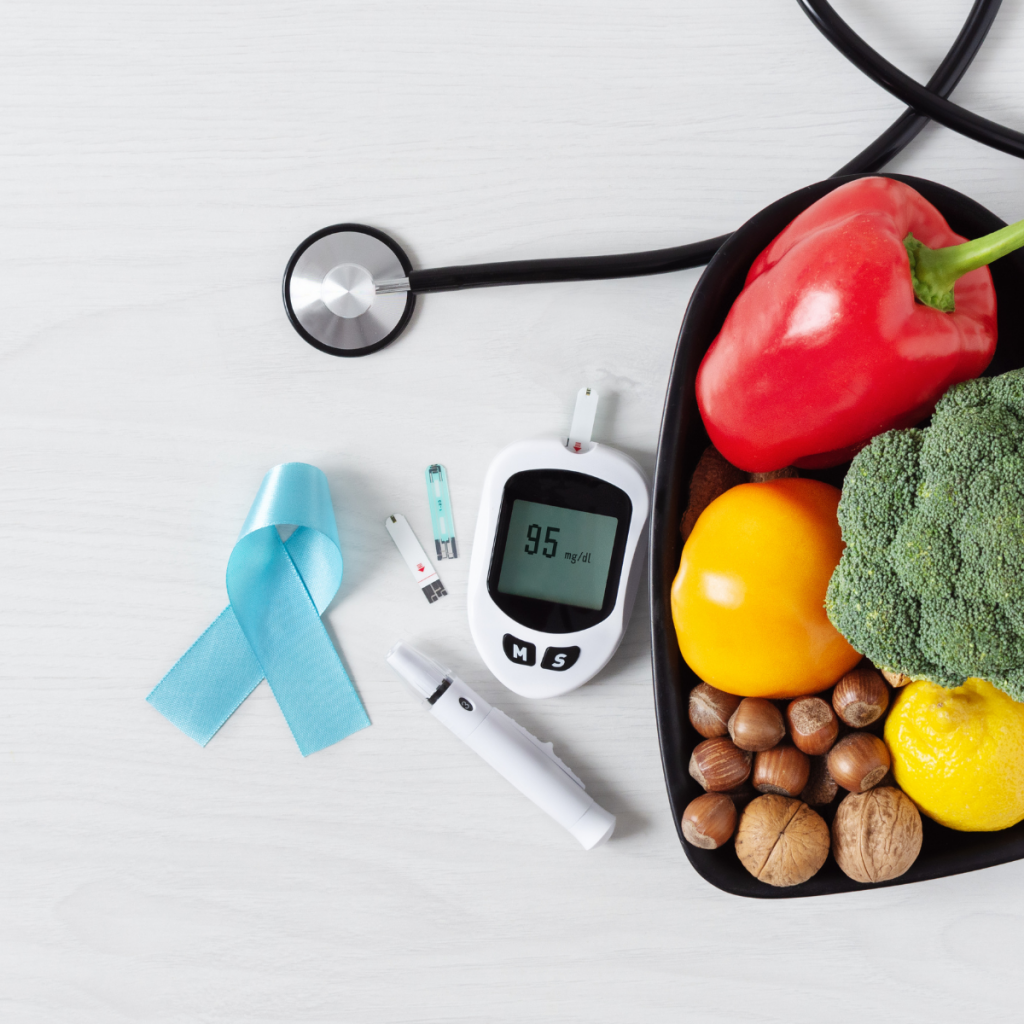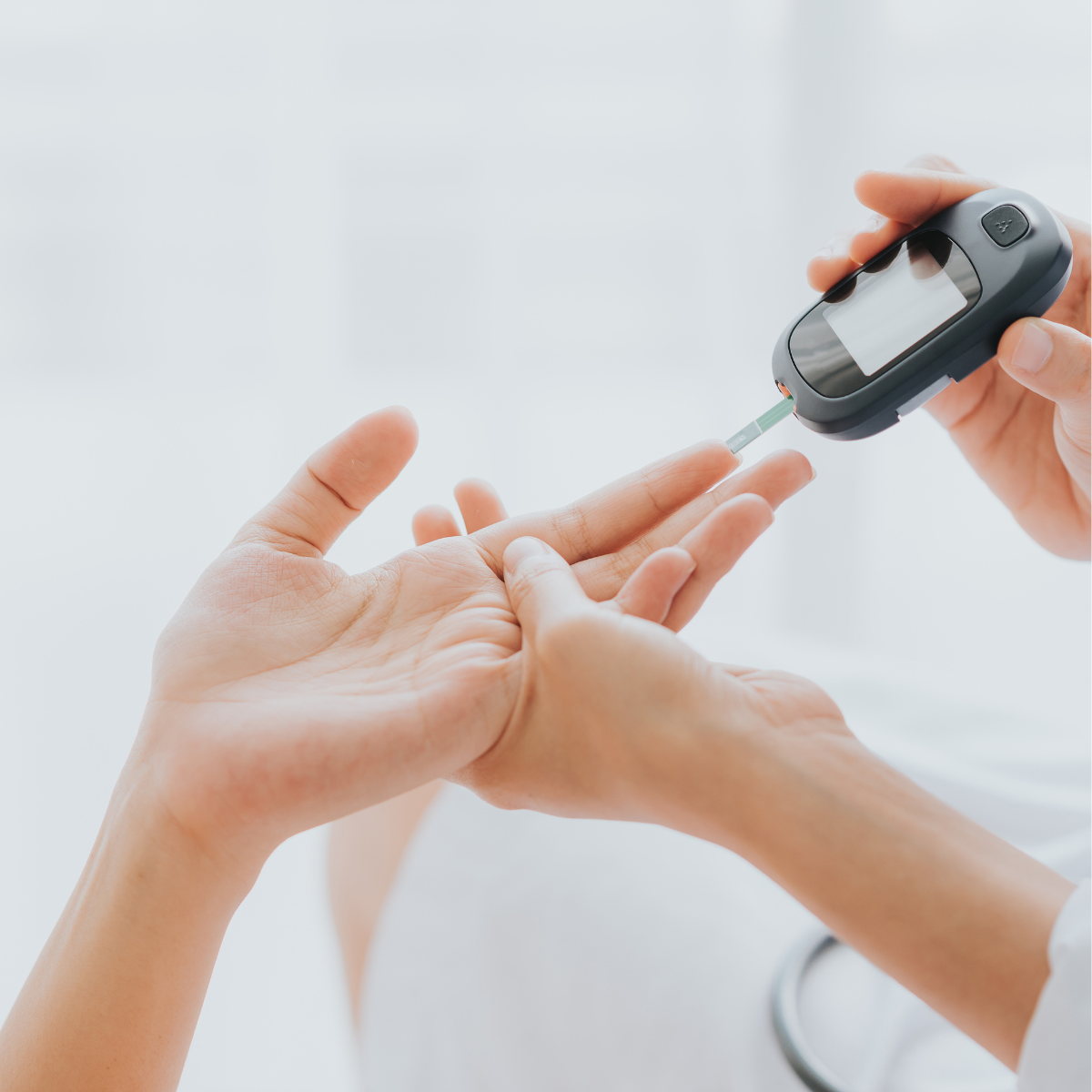For individuals with diabetes, managing blood sugar levels is an ongoing task that requires constant attention. Whether you have Type 1 or Type 2 diabetes, regular blood sugar monitoring is a critical part of your management plan. This practice helps to track how well your treatment plan is working and provides insight into what changes need to be made. By checking your blood sugar levels consistently, you can reduce the risk of complications such as heart disease, nerve damage, and kidney issues. In this blog, we will discuss why blood sugar monitoring is essential, how to do it properly, and the benefits it offers in the management of diabetes.
1. Understanding Blood Sugar Levels and Their Impact
Blood sugar, or glucose, is the primary source of energy for the cells in your body. In healthy individuals, insulin, a hormone produced by the pancreas, helps regulate the amount of glucose in the bloodstream. However, for people with diabetes, either the body does not produce enough insulin (in Type 1 diabetes) or the body becomes resistant to the insulin produced (in Type 2 diabetes). This results in high blood sugar levels, which can lead to various health complications if left unmanaged.

When blood sugar levels are consistently high, it can lead to damage to blood vessels, nerves, and organs, increasing the risk of serious complications. Regular monitoring allows diabetics to understand their glucose patterns and make necessary adjustments to their treatment or lifestyle.
2. Tracking Your Blood Sugar Levels: The Key to Effective Diabetes Management
Regular blood sugar monitoring provides a clear picture of how well you’re managing your condition. It is essential for both Type 1 and Type 2 diabetics, as it helps to identify trends and patterns that might not be immediately noticeable. Here are a few reasons why monitoring is so critical:
- Early Detection of High or Low Blood Sugar: Continuous monitoring enables you to spot changes in your blood sugar levels, whether they are too high (hyperglycemia) or too low (hypoglycemia). If blood sugar levels dip too low, it can cause symptoms like dizziness, sweating, and confusion, which can be dangerous if not treated immediately. Conversely, sustained high levels can lead to complications over time, including diabetic retinopathy and neuropathy.
- Optimizing Treatment Plans: Regular blood sugar checks help you and your healthcare provider make adjustments to your insulin doses, medications, or diet. For instance, knowing how certain foods, activities, or medications affect your blood sugar will allow you to fine-tune your management plan for better control.
- Personalized Care: Each diabetic’s condition is unique, so understanding how your body responds to different factors, such as stress, exercise, and diet, can help tailor a care plan that works specifically for you.
3. How to Monitor Your Blood Sugar Effectively
Effective blood sugar monitoring requires the right tools and understanding the best times to test.
- Home Glucose Meters: The most common way to monitor blood sugar at home is by using a glucose meter. These devices are small, portable, and easy to use, giving diabetics a quick snapshot of their current blood sugar levels.
To use a glucose meter, you’ll need a small blood sample (usually obtained by pricking your finger with a lancet). Once you place the blood on the test strip, the meter provides a reading in seconds. This data helps you understand how different factors affect your glucose levels throughout the day.

- Continuous Glucose Monitors (CGM): For more continuous monitoring, a CGM may be used. This device consists of a sensor that is placed under the skin, usually on your abdomen or arm. The sensor measures blood glucose levels every few minutes and transmits the data to a device or smartphone, allowing you to track your levels throughout the day without needing to manually test. CGMs are particularly beneficial for individuals who need to monitor their levels more frequently or those with unstable glucose patterns.
- When to Test: Your healthcare provider will give you specific guidance on when to test. Common times include:
- Before meals: to gauge how your body responds to food.
- Two hours after meals: to see how well your body is processing the food.
- Before bed: to ensure that your blood sugar isn’t too high or low overnight.
- During periods of illness or stress: as these factors can affect glucose levels.
4. Benefits of Regular Blood Sugar Monitoring
Blood sugar control is vital for reducing the risk of long-term complications. Regular monitoring offers several benefits for diabetics:
- Preventing Complications: By catching high or low blood sugar early, you can take steps to correct it, thus preventing complications like kidney disease, nerve damage, and cardiovascular problems. Consistent monitoring can also help prevent the onset of conditions like diabetic ketoacidosis (DKA), which occurs when blood sugar is extremely high, and the body starts breaking down fat for energy, producing harmful ketones.
- Improving Quality of Life: Having control over your blood sugar levels can help you feel better overall. By maintaining stable glucose levels, you can reduce symptoms such as fatigue, frequent urination, and blurred vision, which are often caused by fluctuating blood sugar levels.
- Avoiding Hypoglycemia and Hyperglycemia: If you experience episodes of low blood sugar (hypoglycemia), it can lead to confusion, shakiness, and even loss of consciousness in severe cases. High blood sugar (hyperglycemia) can lead to dehydration, frequent urination, and in the long run, damage to organs and tissues. Monitoring helps prevent both of these extreme events.
- Increased Awareness and Empowerment: Monitoring your blood sugar regularly gives you more control over your diabetes. You can see the direct effects of your actions—whether it’s diet, exercise, or medication—and make informed decisions about your treatment plan.
5. Challenges of Regular Blood Sugar Monitoring
While regular monitoring is important, it can sometimes be challenging, especially for those new to diabetes management or those with busy lifestyles. Here are a few common obstacles:
- Discomfort of Finger Pricks: Some individuals find the finger-pricking process painful or inconvenient. However, newer lancets are designed to minimize discomfort, and regular testing becomes less burdensome once you get used to it.
- Cost of Continuous Monitoring: Continuous glucose monitoring devices, although incredibly helpful, can be expensive. However, for many people, the benefits outweigh the costs, especially when it comes to preventing serious complications.
- Time and Effort: Regular blood sugar monitoring requires consistency, which can be time-consuming. However, the more frequently you check your levels, the more control you’ll have over your diabetes, leading to a better quality of life.
6. The Role of Healthcare Providers in Blood Sugar Monitoring
Your healthcare provider plays an essential role in guiding your blood sugar monitoring routine. Regular check-ups with your doctor are necessary to assess how well your blood sugar is being controlled and whether adjustments need to be made to your treatment plan.

During these visits, your doctor may recommend an A1C test, which measures your average blood sugar levels over the past two to three months. This test is essential for assessing long-term blood sugar control and ensuring that you are on the right track with your diabetes management.
Conclusion
In conclusion, regular blood sugar monitoring is an essential tool for diabetics in managing their condition and preventing long-term complications. Whether using a traditional glucose meter or a continuous glucose monitor, staying on top of your blood sugar levels allows you to make better-informed decisions about your health. Through consistent testing and collaboration with your healthcare provider, you can significantly reduce the risk of complications and lead a healthier life. While it may seem like a daunting task at first, regular monitoring becomes an invaluable habit in the successful management of diabetes.
If you found this post helpful, feel free to share it with others managing diabetes, or leave a comment below with any questions or tips on blood sugar monitoring. Together, we can support each other in managing diabetes effectively and living a healthier life.

Leave a Reply